
Snow is fascinating for young children and it makes for a perfect unit of study during winter season.
We don't get snow where we live but reading about it in books and watching videos, piques the curiosity. The following books are our top favourite:

Curious about snow by Gina Shaw will give children information about how snowflakes are formed. It is an informative book and the beautiful pictures of snowflakes are sure to mesmerize little ones.

This is a super fun book about an old lady who swallows snow and lots of other things. The book has a surprise ending and will keep the readers hooked till the end of the story. Perfect for retelling.
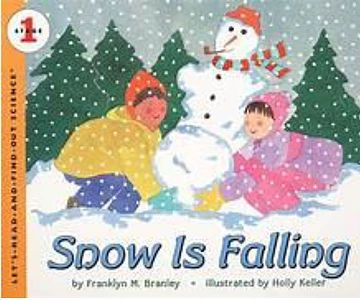
Snow is falling is a nonfictional books and shares many different facts about snow. It helps build children's knowledge and is an informative read.

Snow by Cynthia Rylant has a poetic feel to it and talks about what all we can do during a snowy day. The illustrations are bright and captures the essence of a snowy day beautifully.

Sneezy the snowman by Maureen Wright is am adorable story of a snowman who feels very cold and tries different ways to get warm. This book is perfect for practicing retelling and sequencing.
We kick started our unit on snow by creating a sensory bin full of snow.
Don't have access to real snow? Don't worry!, We used fake snow and it turned out super great. The texture was fluffy and soft and it felt cold like real snow.

We brainstormed the schema (previous knowledge) that we have about snow and recorded it on a chart. We also created space for new learning and misconceptions that we may have about the topic.
These awesome snowflake art on little easels turned out super cute. You don't need easels for this activity and can try this on paper too. Make a snowflake from paper tape and let your little one paint around it. Once it dries, remove the tape and voila, beautiful snowflakes are ready!
We also created these cool snowflakes with shapes. Just offer a variety of shapes to your little ones and let them get creative.
After all this exploration, we discussed how a snowflake is formed. The video below explains the lifecycle of a snowflake in simple way.
Hands on activities always work for little ones and so an experiment to understand water vapor and how water droplets form is a must to lay a clear foundation. I boiled water in a kettle to show how the sun heats up the water in the oceans, lakes and ponds. When the water gets hot, the vapors start reaching the cloud (evaporation). The steam from the kettle explained this point. I transferred the hot boiling water into a glass and covered it with a plate to show condensation and how the vapors get collected in a cloud. The vapors join together to make water droplets and when the cloud can't hold the droplets anymore, it starts to rain.
This experiment really drove the point home and once the little one got a hang, we discussed further about how the snow falls. In very colder regions, the air is very cold and it freezes the water droplets which gets turned into ice crystals. The different ice crystals join with one another and make snowflakes.

We created the lifecycle of a snow flake by cutting and pasting pictures.
We also made a melting snowman by filling water in a bottle and then freezing it overnight. This helped us to understand that water can change shapes from liquid to solid and vice versa. We also talked about the steam that we saw earlier when we heated the water and learnt that form of water is called gas.
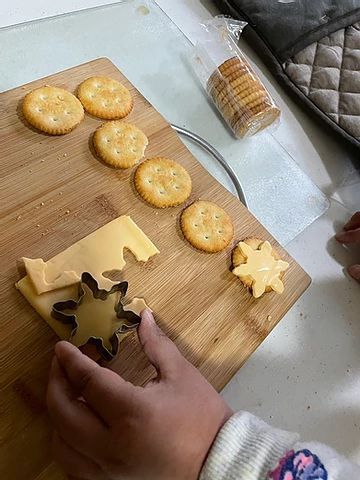
We also loved creating these edible snowflakes. All you need are some salted biscuits and cheese slices. Use a snowflake cutter to cut out snowflake shapes and you are ready with a delicious snack.

We ended the unit by doing this fuzzy melting snowman experiment (the snowman was made with baking powder and some water and was frozen overnight. The fizz came from using vinegar).which was engaging and encouraged the little scientist to discover, observe and question. “Why is my snowman melting ?”, “The bigger dropper is melting the snowman faster...”, “The snowman has become liquid from solid...” were just few of the things the little one remarked while doing the experiment. It helped her to notice, learn and reflect on her learning.
I hope you like these ideas and will try them in your home or classroom. Don't forget to
follow us on instagram - totknots_education or facebook- totknots to get more ideas for the winter season.
And subscribe to the website to gets access to special member freebies.


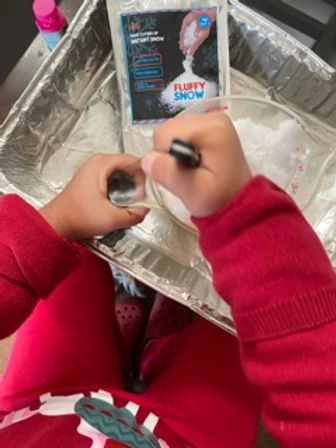

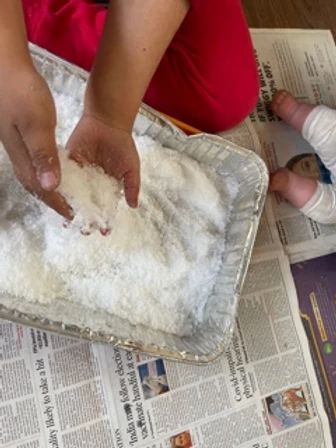

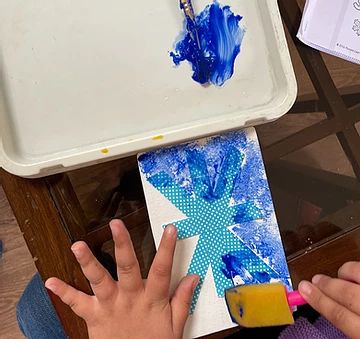

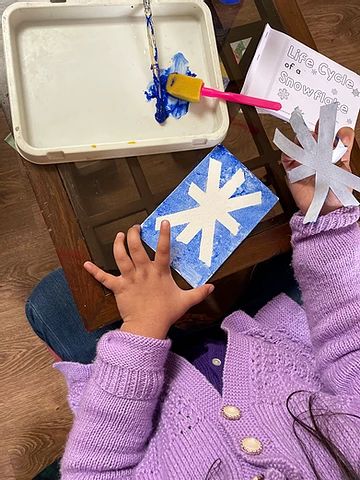

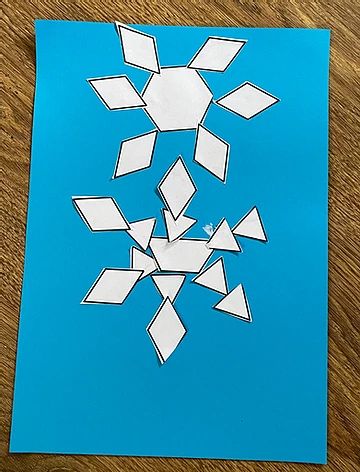

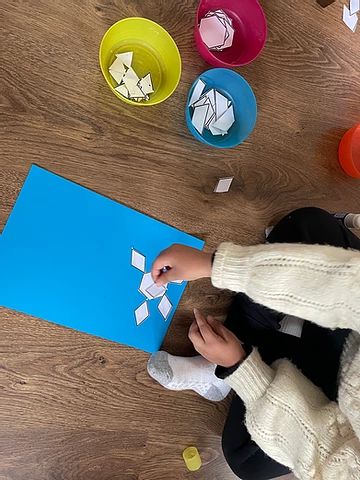

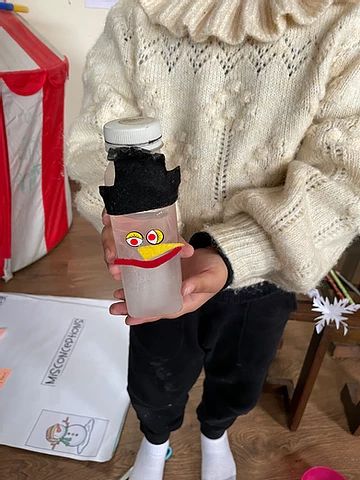


Comments